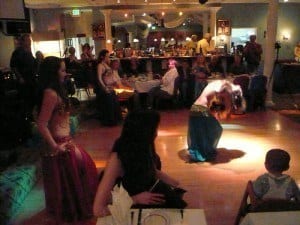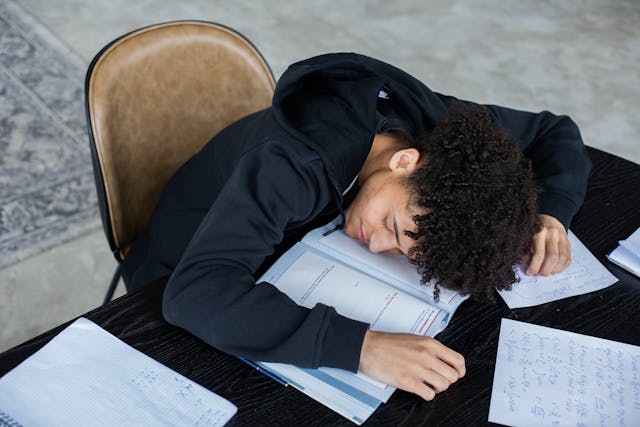
What to do to avoid pain in the dance.
Bellydance is a sport as much as any other dance style is and to some degree it can be harder on the body. This is especially true when first starting out in bellydancing. While there are many who take aerobics classes or become involved in yoga or pilates classes. There are some differences between these types of body movements and bellydancing. There are several similarities as well though. One of the things to keep in mind when starting a new dance style or workout is to listen to your body. There is nothing that will take the wind out of your sails faster than an injury. No matter how minor the injury it can make movement uncomfortable and it can make learning difficult. In this lesson I want to cover what to do to prevent some common injuries, as well as what to do if you do have pain.
Why Does This Hurt?
It is one of the most common questions I am asked in bellydance classes. This question of “why does this part of my body hurt?” usually comes up after the first week of classes. No matter how many times I repeat the laws of posture, or check a student, there is invariably the off chance that someone is still a little off. Being a little weak in posture in bellydance can cause pain. It is also equally possible that the student had amazing posture and perfect technical execution of the moves the week before, but the body is totally new to the idea of bellydance.
Bellydance does move the body, especially the muscles, in some very different ways as compared to other dance styles or exercises. Even if, oh let’s be honest – especially if, done right it is very likely that there will be soreness in new places. The most common complaints are centered on the obliques, outer quads, and upper arms. It is also possible that the shoulders and hips will be tender the first couple of weeks of classes. As long as the pain is on a muscle area there is little reason to worry. Take your time in the next bellydance class and allow your muscles to adapt to the movements.
That Feels Wrong
If you do feel like something is causing sharp pain, or you find that there is numbness in an area of the body after a class or the next day, then it may be time for some concern. I good bellydance instructor will take the time to explain proper posture and the execution of each move, but she is only one set of eyes in a room full of students. You know your body. Speak up and never be afraid to stop and ask.
If you do have an injury, whether it is from bellydance or from any other form of exercise, you should consult your primary care doctor. Until you can schedule a visit, rest. Sometimes muscles can get pulled. A pulled muscle will heal over time if taken care of appropriately. Sore joints are another issue and may mean bigger problems but an anti inflammatory will typically help to some degree. If you are able to elevate the injury do so. For a back related injury laying down, in whatever way is most comfortable, will decrease the risk of doing further damage.
No matter what you do, never force a movement. Bellydance has some pretty unique techniques and they are not as easy as they look. If you find you cannot do a move, take your time. Breathe. Relax. And, remember to always start small and slow. The body will grow into the move and you will feel more at ease.














